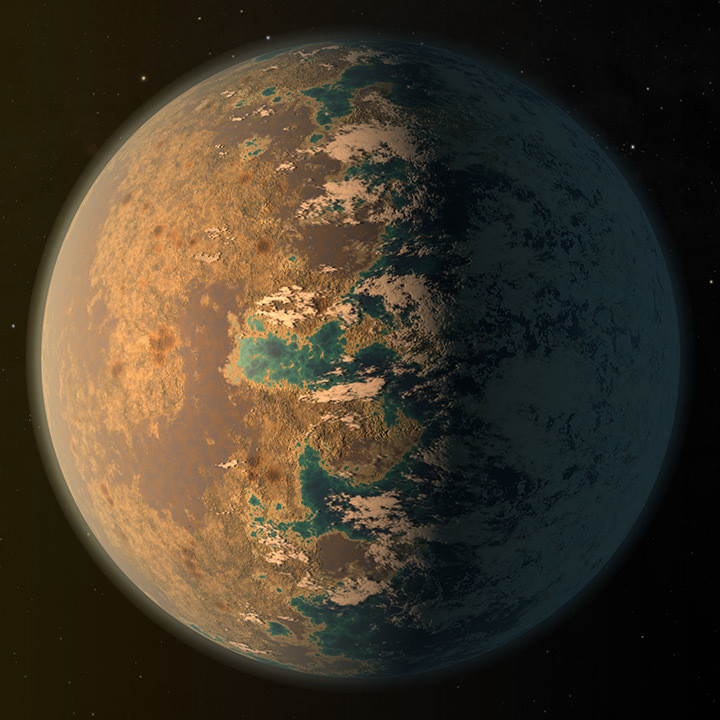Fraser Cain on Nostr: Finding an Earth-like world in the habitable zone of a sunlike star is the dream but ...
Finding an Earth-like world in the habitable zone of a sunlike star is the dream but beyond the current telescopes. The next best thing will be to analyze the atmosphere of a terrestrial planet in the habitable zone of a red dwarf star. This is a task that JWST could accomplish, examining the atmospheres of several well-studied planets, like the TRAPPIST-1 worlds, LHS1140b, and K2-18b. However, the work could require 1000+ hours of JWST to get a solid result.
https://arxiv.org/abs/2403.12617 
Published at
2024-03-20 18:15:03Event JSON
{
"id": "062f6142c6284dfc9b95513251ed09bbd39a26f61bc75885ebcc0feb268b5ec5",
"pubkey": "ac844e7de79ee4ba0cc0999efe9afb25cc9bd99ba0b5957cf0fd406fcabaf11a",
"created_at": 1710958503,
"kind": 1,
"tags": [
[
"proxy",
"https://m.universetoday.com/users/fraser/statuses/112129376489617119",
"activitypub"
]
],
"content": "Finding an Earth-like world in the habitable zone of a sunlike star is the dream but beyond the current telescopes. The next best thing will be to analyze the atmosphere of a terrestrial planet in the habitable zone of a red dwarf star. This is a task that JWST could accomplish, examining the atmospheres of several well-studied planets, like the TRAPPIST-1 worlds, LHS1140b, and K2-18b. However, the work could require 1000+ hours of JWST to get a solid result.\n\nhttps://arxiv.org/abs/2403.12617\n\nhttps://m.universetoday.com/system/media_attachments/files/112/129/376/481/139/662/original/7c4dc0a6dd0df94d.jpg",
"sig": "84defc6c22ba3cb0d4b64f6eb2dde90b54ba542b47a76ba0addc70dbeff712952f1630db47b6422df4127642b5bdac8fdfeff44bf5ad7cc09b07ff589fea6304"
}

